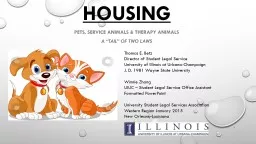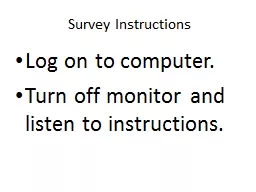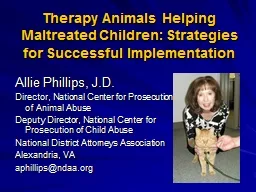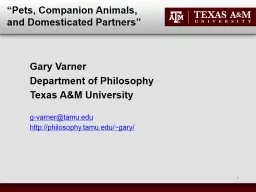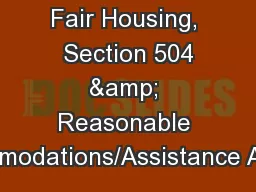PPT-HOUSING Pets, Service Animals & Therapy Animals
Author : natalia-silvester | Published Date : 2018-11-03
A tail of two Laws Thomas E Betz Director of Student Legal Service University of Illinois at UrbanaChampaign J D 1981 Wayne State University Winnie Zhang UIUC
Presentation Embed Code
Download Presentation
Download Presentation The PPT/PDF document "HOUSING Pets, Service Animals & Ther..." is the property of its rightful owner. Permission is granted to download and print the materials on this website for personal, non-commercial use only, and to display it on your personal computer provided you do not modify the materials and that you retain all copyright notices contained in the materials. By downloading content from our website, you accept the terms of this agreement.
HOUSING Pets, Service Animals & Therapy Animals: Transcript
Download Rules Of Document
"HOUSING Pets, Service Animals & Therapy Animals"The content belongs to its owner. You may download and print it for personal use, without modification, and keep all copyright notices. By downloading, you agree to these terms.
Related Documents

